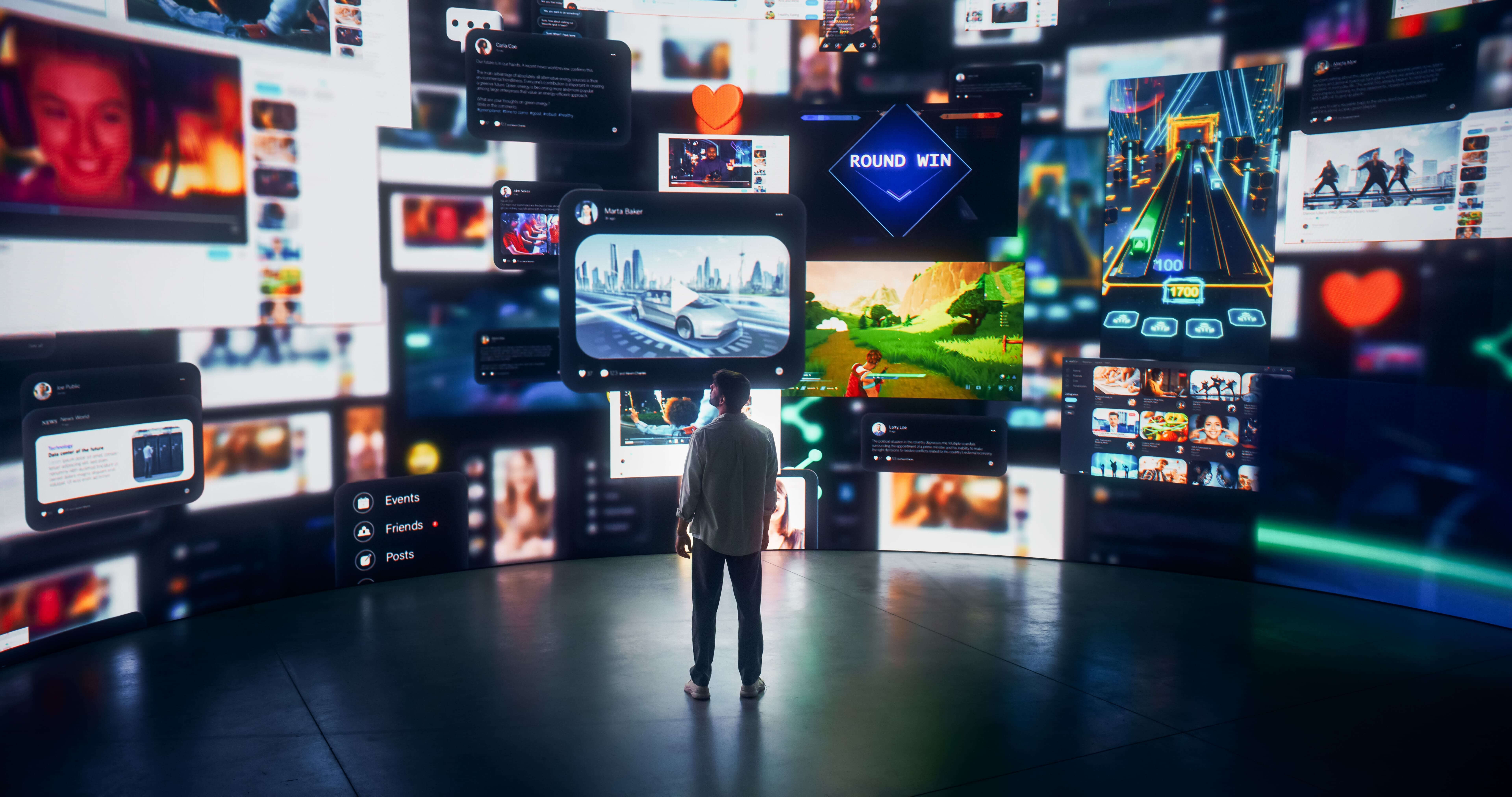In the rapidly evolving field of healthcare, augmented reality (AR) is ushering in a new era of medical training and patient care. This innovative technology, which superimposes digital information onto the real world, is transforming traditional methods and providing professionals and patients with more immersive, interactive experiences. This blog post explores the various applications of augmented reality in medical training, highlighting its potential to enhance learning, improve patient outcomes, and revolutionize healthcare practices.
Enhancing Medical Training with AR
Augmented reality has become a powerful tool in medical education, offering students and professionals a hands-on learning experience without the risks associated with real-life surgeries or procedures. By using AR, learners can visualize complex anatomical structures in 3D, enabling a deeper understanding of the human body. This technology allows for the simulation of surgical procedures, providing a safe environment for students to practice and refine their skills. Additionally, AR can facilitate remote learning, allowing experts to guide students through procedures from anywhere in the world, making high-quality medical education more accessible.
Virtual Dissections and Interactive Models
One of the standout applications of augmented reality in medical training is the ability to perform virtual dissections and interact with detailed anatomical models. Unlike traditional dissections, AR provides an opportunity to explore and understand the human body without the limitations of physical specimens. This not only preserves resources but also allows for repeated practice and exploration, enhancing the learning experience.
Real-time Guidance and Feedback
Augmented reality also offers real-time guidance and feedback during training exercises. For instance, AR can project holographic images onto the patient's body during a simulated surgery, showing learners the exact location of organs and guiding their movements. This immediate feedback helps in refining the skills crucial for successful surgeries, reducing the learning curve and potentially decreasing the rate of medical errors in actual practice.
AR in Patient Care and Treatment
Beyond its applications in education, augmented reality holds significant promise in improving patient care and treatment. AR can assist doctors in diagnosing diseases more accurately and planning treatments more effectively by providing enhanced visualizations of the patient's condition. Moreover, during surgical procedures, AR can offer surgeons real-time data and 3D visualizations, improving precision and outcomes.
Enhanced Patient Understanding and Engagement
Augmented reality can also play a critical role in patient education, helping individuals understand their diagnoses and treatment plans better. By visualizing their conditions and the effects of treatments in a more tangible way, patients can make informed decisions about their healthcare. This not only improves patient engagement but also fosters a collaborative doctor-patient relationship.
Remote Patient Monitoring
Furthermore, AR technology enables remote patient monitoring, allowing healthcare providers to deliver personalized care from a distance. This is particularly beneficial in reaching underserved areas or providing continuous care to patients with chronic conditions, improving the quality of healthcare services and patient satisfaction.
Conclusion
The integration of augmented reality in medical training and patient care is a testament to the incredible potential of technology to improve healthcare. By offering immersive, interactive learning experiences, AR enhances medical education, making it more effective and accessible. In patient care, AR aids in diagnosis, treatment planning, and patient education, leading to better outcomes and more personalized healthcare services. As technology continues to advance, the applications of augmented reality in medicine are bound to expand, promising a future where healthcare is more efficient, effective, and patient-centered.




